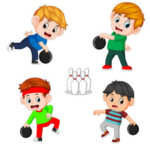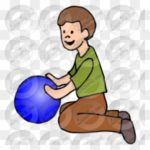
by Neetu | Jun 1, 2021 | Manthan
Learning Outcome
Understand the concept of good balance. Perform locomotor skills and movements safely with balance
Activity Description
Ask the students what “balance” is. Tell them a good balance with a noodle is when you can count slowly to three.
Demonstrate how to balance a noodle with the end of it on your open hand while counting softly and slowly to three. One by one have the students get a noodle.
Have students try to balance on their Hand, on Palm, on fingers only, on Three fingers, on Two fingers, and finally on one finger
Lead the students through a number of other balance as mentioned below using different body parts:
Head, Forhead, Thigh, Back of Neck
Challenges: Have them pick the balance activity which they find most comfortable and do it for 5 seconds by making them count from one to five
Required Material
4 Boundary cone,1 noodle per student, 1 spot marker per student
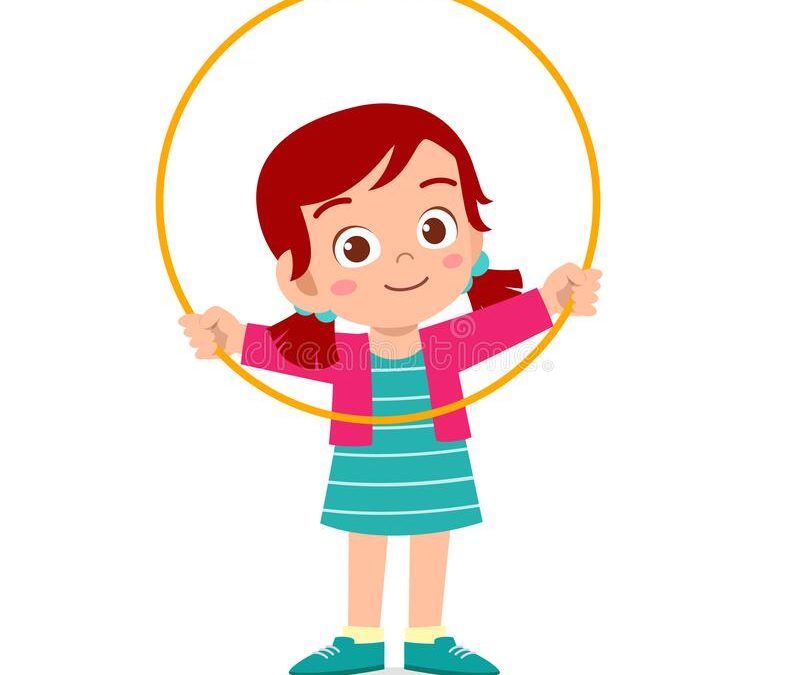
by Neetu | Jun 1, 2021 | Manthan
Learning Outcome
Players explore balancing with different body positions while stretching from inside a hoop.
Activity Description
Players stand in a hoop or a marked circle.
Players make a body position with both feet inside the hoop and both arms outside of the hoop.
They hold the position for a set time, then stand up and repeat using a different position where feet are inside and hands outside the hoop.
Have 2 hands on the floor and 1 foot off the floor.
Put 1 hand on the floor and 2 feet on the floor.
Have 1 hand off the floor and 1 foot off the floor.
Move a raised foot or hand.
Vary the length of time the position needs to be held for (e.g. 5-30 seconds).
Required Material
4 Boundary cone,1 piece of chalk, skipping rope or hoop per player
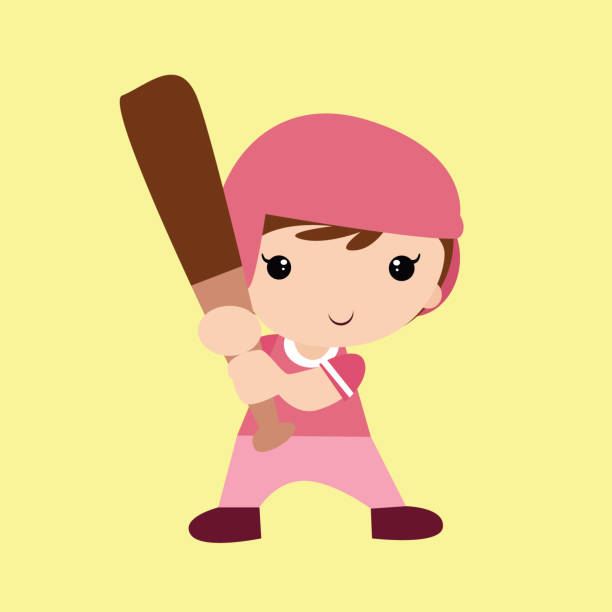
by Neetu | Jun 1, 2021 | Manthan
Learning Outcome
The aim is to keep tapping the ball into the air with the bat for as long as possible. Many variations are possible.
Activity Description
Players tap their ball up and down on their bat and count the number of consecutive taps they get.
If a player drops their ball, they start counting from the beginning.
Vary the bat and ball.
The distance between players according to ability.
See how many times players can tap the ball on different parts of the bat.
Players try to hop/jump as many times as they can while the ball is in the air.
Allow players one bounce on the ground in between taps.
Required Material
4 Boundary cone, 1 ball, and batting implement per player (suitable to player ability)
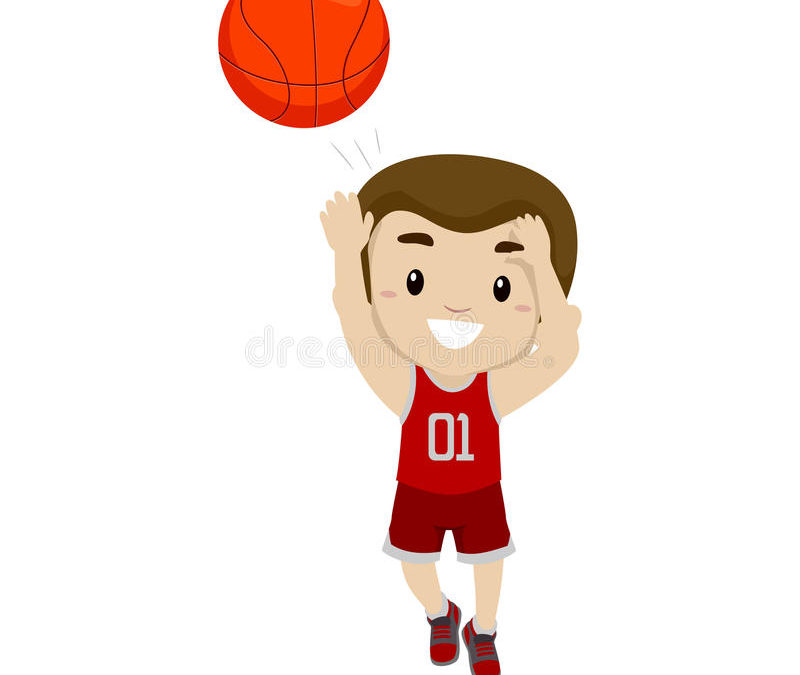
by Neetu | Jun 1, 2021 | Manthan
Learning Outcome
Learn movement patterns & Ball handling keeping it in hand by following all directions and using equipment appropriately.
Activity Description
Circle Basketball around Waist
Players stand facing the coach while holding their basketball with both hands, waist-high. At the coach’s command, the player circles the basketball around their waist. After a few times, have the players stop and then circle the ball in the opposite direction. This drill may seem very easy, but you will be surprised by how difficult yet fun it is for small players.
Circle Basketball around Legs
This is a variation of the Circle Basketball around Waist Drill Once again, the players stand facing the coach. At the coach’s command, the player circles the basketball in and out of their legs in a figure 8 pattern. Have the players stop and then circle the ball in the opposite direction.
Throw the ball in the air & catch
In this drill the players stand facing the coach, holding their basketball with both hands, waist-high. At the coach’s command, the players throw the ball up in the air and then catch it. Have the players start by throwing the ball up only a foot or two into the air. Once they master this, have the players increase the height of the throw.
Throw the ball in the air, clap & catch
This is a variation of the previous drill with some added complexity. Simply add a clap. The players are to throw the ball in the air, clap, and then catch the ball. Have the players then increase the height they throw the ball AND have them increase the number of claps before the catch.
Required Material
4 Boundary cone, plastic basketball

by Neetu | Jun 1, 2021 | Manthan
Learning Outcome
This activity develops dynamic balance, coordination, mental focus, and reaction time required at older ages for a variety of sports and activities.
Activity Description
Find a line on the ground, or stretch out a rope on the ground.
Designate one side of the rope or line to be the bank. The other side is the river.
When the parent says “river,” the child must jump with both feet together to the riverside, and vice versa for “bank.”
Try to trick your child by saying “river” when they are already on the riverside, or “bank” when they are on the bank side. They should not jump.
Let your child have a turn calling “river” and “bank”.
Variations
Switch between “river” and “bank” faster and faster so that the game becomes more challenging
If you have a few players, make it an elimination game – eliminate players if they jump to the wrong side – continue until there is only one player left
Required Material
4 Boundary cone, Rope, or line in the ground

by Neetu | Jun 1, 2021 | Manthan
Learning Outcome
This activity develops hand-eye coordination and timing for striking a moving object. These skills also transfer to striking with a bat, racquet, or stick.
Activity Description
Create a line on the floor 2-3 meters from the wall. If indoors, use masking tape. If outdoors, use masking tape or chalk.
Hit the ball at the wall with the palm of the hand, using your hand like a tennis racquet.
The ball must bounce off the wall on the line or above the line.
One player “serves” from behind the line on the floor.
The other player “returns” the service from either side of the line.
Play continues until one player misses a return.
When a player misses, the other player restarts play with a new server.
Players can score a point only when they are the server.
The ball can bounce once on the floor or pavement before a player hits a return.
The first player to 5 points wins.
Variations
Don’t keep the score at first – simply challenge your child to return the ball as long as possible in a continuous “rally”
Make a game where you and your child are on the same team – count how many returns you can do in one rally – with each new rally, try to better your previous score
If you have more than one child or more than one adult, try playing a fun family tournament where family members take turns playing each other
Required Material
4 Boundary cone, plastic handball/ beach ball,
Unobstructed wall with hard floor or pavement in front
Plastic beach ball 20-40 cm diameter that is very bouncy
Paper masking tape and string 4-5 meters long
Chalk










